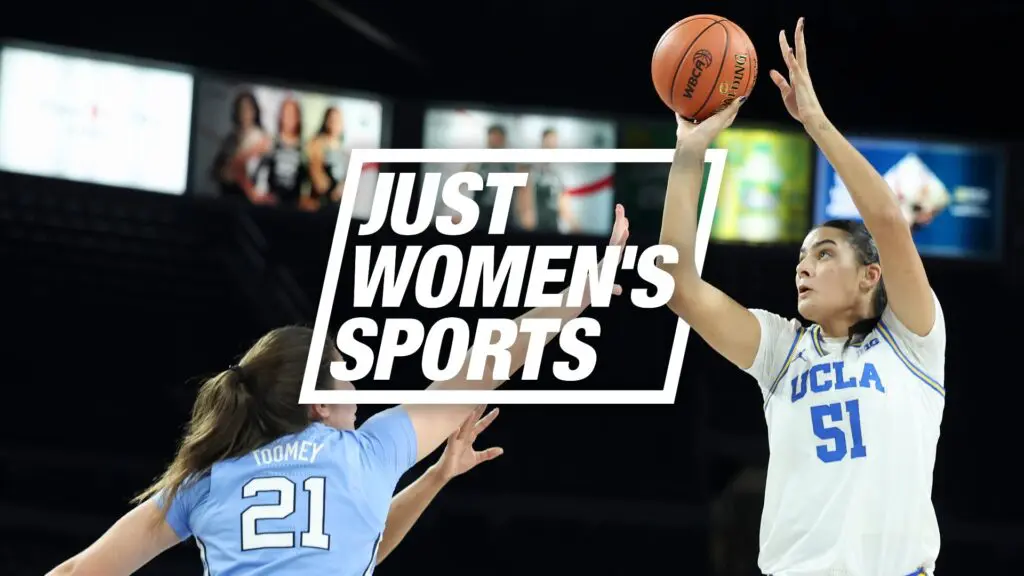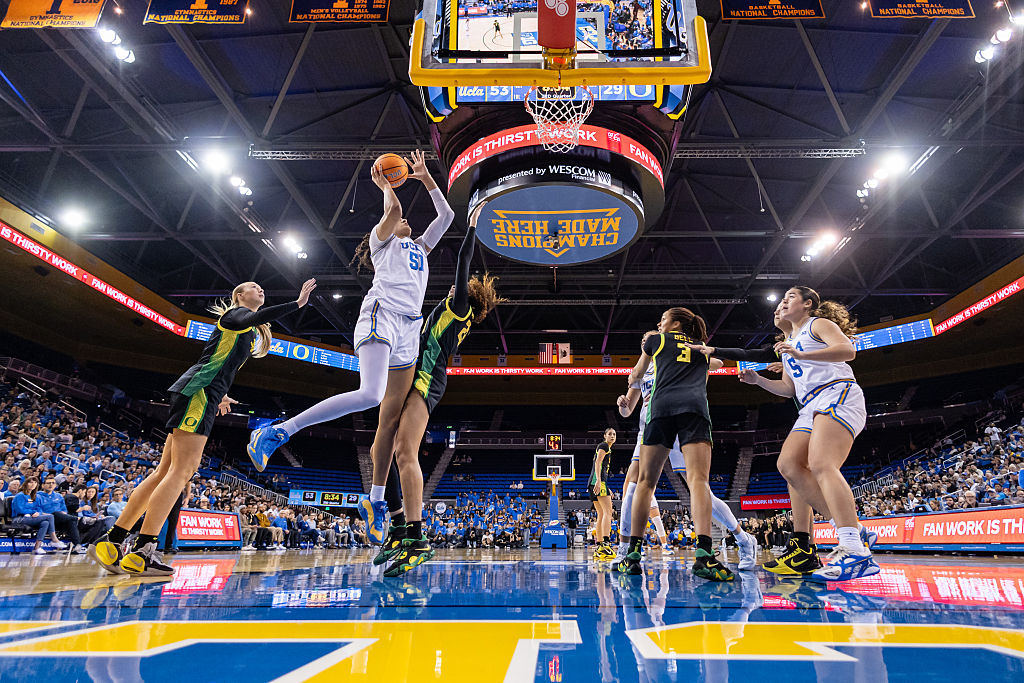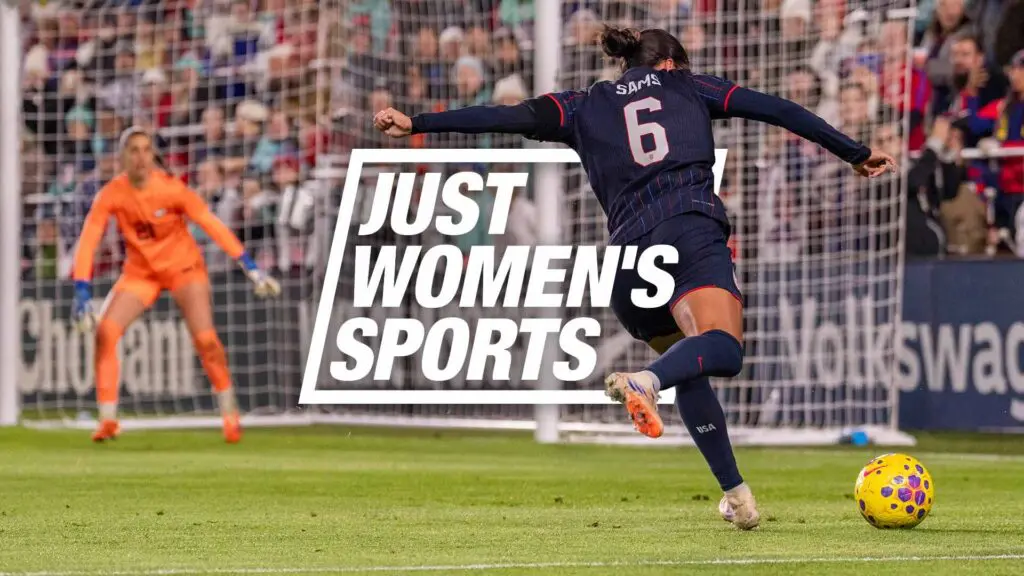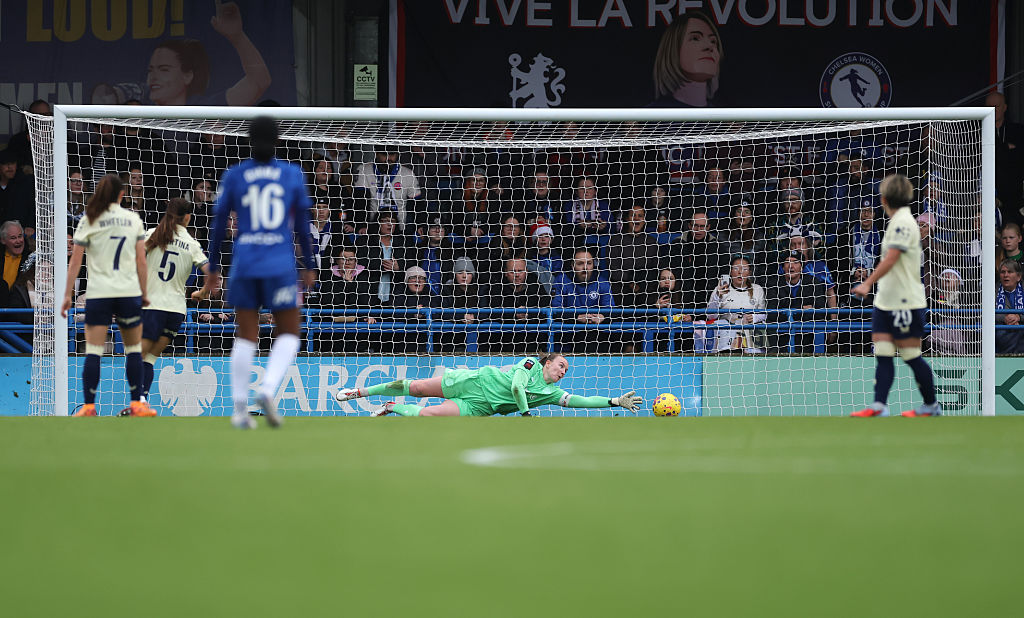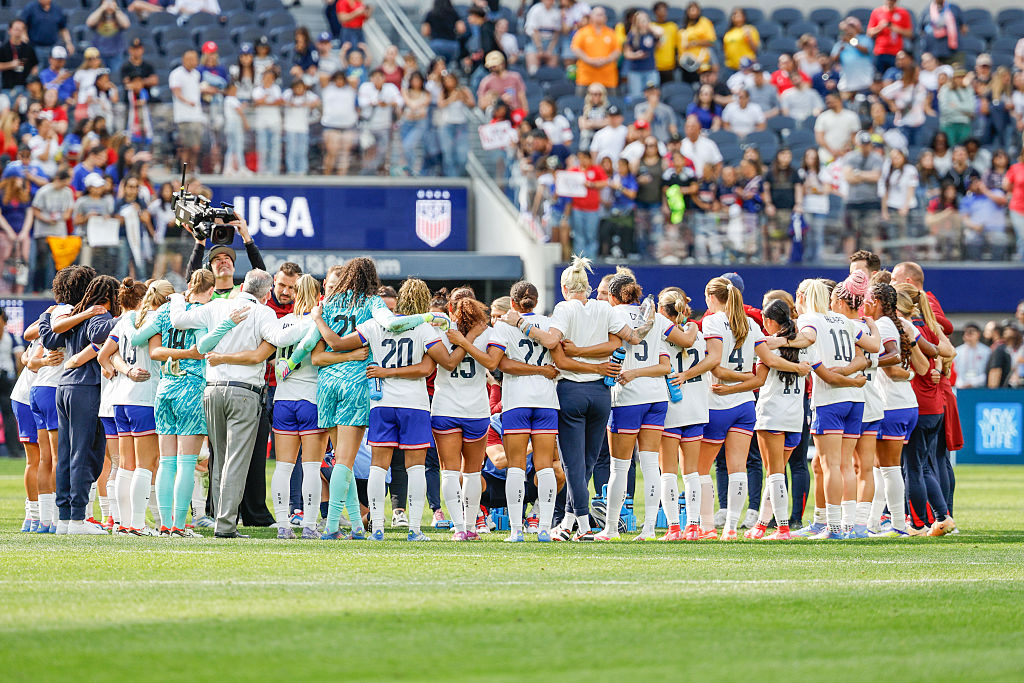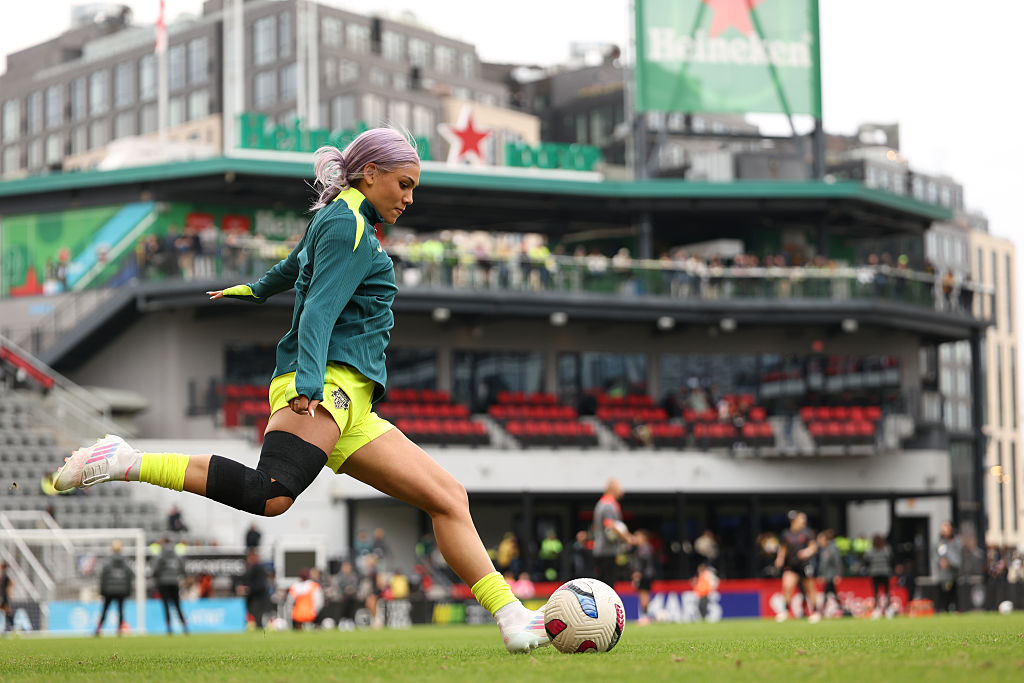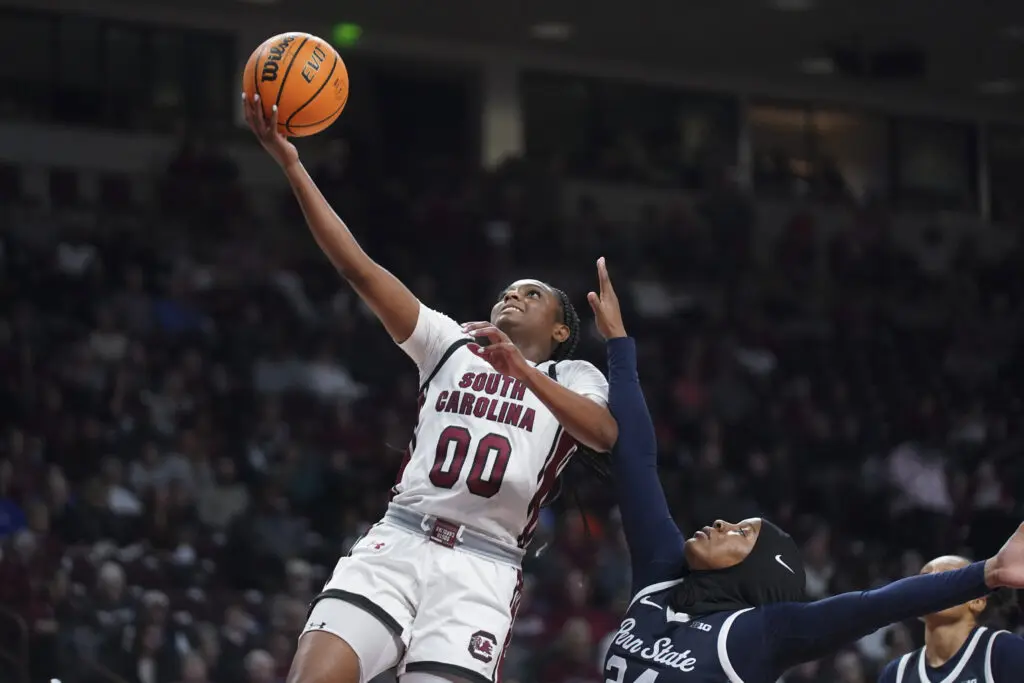When A’ja Wison found out she had played 161 minutes of basketball over four games, she laughed.
During Las Vegas’ 3-1 semifinals series win over the Storm, Wilson was on the court for all but four minutes, including an overtime contest in which she never subbed out. While Wilson was processing the numbers, teammate Chelsea Gray took over the press conference.
“She’s in the best shape of her life,” Gray said, turning to look at Wilson after a series-ending win over the Storm on Tuesday night.
She has to be, and Wilson isn’t the only one.
Becky Hammon always had a clear picture of what the Las Vegas Aces would look like with her at the helm.
She wanted a team that could get up and down the court for 40 minutes. A team that could outrun its opponents and play with the same intensity in the first quarter as it did in overtime.
“She said right off the bat that we are going to be a team that plays fast-paced basketball,” Aces physical therapist and strength coach Erin Connor said. “We are great at basketball, but we are also going to beat other teams because we’re in better shape and we are faster.”
Las Vegas has the added wrinkle of playing that high-intensity style with limited personnel. Starters Kelsey Plum, Wilson, Jackie Young and Gray all play 30 minutes or more per game, and typically only one or two players come off the bench for limited minutes.
Going into the postseason, the Aces’ lack of depth was regarded as the team’s biggest weakness. And now, as they get ready to take on the Connecticut Sun in the Finals starting with Game 1 on Sunday, that small rotation remains the biggest question mark.
For the public that is.
The Aces don’t view it as a weakness.
“It creates a lot of chemistry within that first unit,” Dearica Hamby said. “I think there is a special bond between our team, and it shows when we play.”
The Aces thrive on the court because of the work they do off of it. But it’s not all about running sprints and lifting weights. The biggest key to keeping the Aces in shape is their dedication to recovery.
“It’s all about sleep, hydration and what they are eating,” physical therapist and athletic trainer Michelle Anumba said.
Each recovery plan follows those same basic principles, but Anumba and Connor personalize 12 separate plans for each individual.
Some players prefer to do their recovery at home or in the hotel on road trips. Others like to get everything done at the arena. Those treatments can range from ice wrapped around a sore limb, to cold tubs and epsom salt baths, to compression boots and massages.
And while dedication to recovery is a necessary component of any athlete’s regime, the players don’t always like it.
“If A’ja is extremely sore, she will do a cold tub,” Anumba said. “And it’s always entertaining to see her get in. She’s always screaming. It’s a love/hate relationship with the cold tub.”
High-usage players like Wilson can go straight to the massages and ice after a game, but players who don’t see as much court time have a different routine.
“We want to make sure those athletes are keeping up the same intensity of cardio, whether they played 40 minutes or 10 minutes,” Connor said. “They will do a workout that is aimed at mimicking the cardiac workload of a game so they can stay in the same performance shape.”
Kiah Stokes knows exactly what it’s like to be one of those lower-usage players. During the regular season, her minutes fluctuated. Sometimes she played 20 or more, but often her minutes hovered around 10, and there were multiple contests where she didn’t play at all.
But when Hamby was sidelined with a right knee bone contusion in early August, Stokes was thrust into a starting role.
Hammon plays a small rotation, but she also expects every player on the roster to be ready at all times.
“In practice, we do a great job of making the starters better and vice versa,” Stokes said. “Everyone has a role, even if they aren’t necessarily playing in games. Everyone is contributing to the team.”
In the series against Connecticut, Hammon will have access to both Stokes and Hamby. Though Hamby admits she isn’t 100 percent and wasn’t even expected to return this season, she’s willing to play whatever role her coach asks of her.
“It’s been frustrating for me,” the All-Star forward said. “Because I feel guilt that I can’t contribute the way I was contributing in the first half of the season.
“I’m still locked in and prepared to play whatever is needed.”
If it was up to Hamby, she probably wouldn’t have spent any time on the bench in street clothes this season. But that’s part of Anumba and Connor’s jobs, making sure no one plays until they are ready.
An injured player’s recovery process is all about baby steps. They start in the training room, then the weight room, and then begin transitioning back to the court.
“For her, she had a lot of milestones to meet,” Anumba said. “Her knee range of motion, to getting her swelling down, to walking back to normal.”
Hamby’s minutes will likely continue to be limited during the Finals, while Stokes will remain in the starter’s role.
As for the rest of the starters, playing 40 minutes is nothing. Especially when there’s a WNBA championship on the line.
“Everyone is ready,” Stokes said. “When your name is called, then you’re ready to play.”
Eden Laase is a Staff Writer at Just Women’s Sports. Follow her on Twitter @eden_laase.

